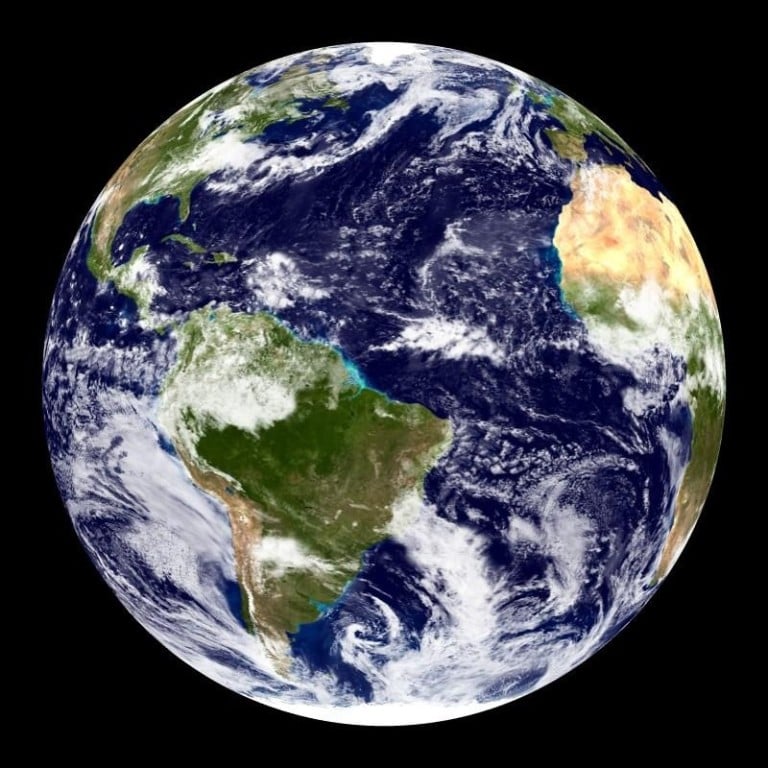All about the tilt, Earth’s tilt

The Earth’s tilt plays a very important role in our seasons. Earth is tilted on a 23.5° axis relative to our orbit around the sun. Because of this tilt, we are able to experience winter, autumn, summer and spring. When the northern hemisphere is orientated towards the sun, there is an increase in solar radiation indicating that it is summer. The opposite occurs during winter when there is less solar radiation. The southern hemisphere experiences the same phenomenon’s but reversed. When it is summer in the northern hemisphere, the southern hemisphere experiences winter. The Earth’s average temperature is highest in July when it is farthest from the sun and coldest when Earth is closest to the sun. This is known as aphelion. The perihelion is when Earth is closest to the sun and average temperatures are lower.
If earth did not tilt and orbited in an upright position around the sun, there would be minor variations in temperatures and precipitation throughout each year as Earth moves slightly closer and farther away from the sun. Basically, we would not have any seasons. Earth would be warm at the equator and cold at the poles. The poles would still experience the most impact because the sun would always be low on the horizon. Other planets are also tilted such as Uranus at 97° giving the planet extreme seasons. Because Venus has a tiny tilt, the diversity of seasons plays a small role.
The northern hemisphere experiences its hottest temperatures in July even though we are furthest from the sun in July, due to Earth’s tilt. So it is not all about the distance from the sun, but the tilt.

